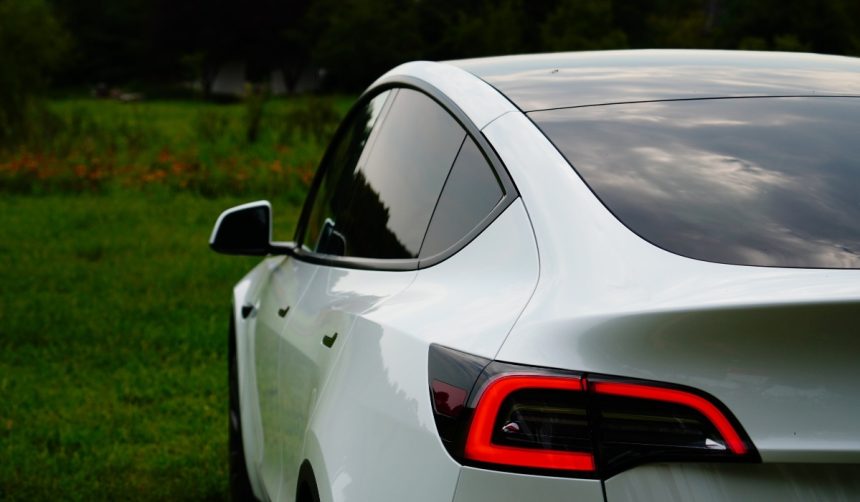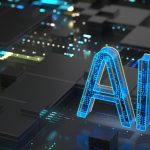Tesla has officially introduced its long-awaited Robotaxi ride service in Austin, Texas, marking the company’s first deployment of autonomous vehicles catering to paying customers. Over the weekend, select users experienced driverless trips within a defined area for a modest flat fare, signaling the start of Tesla’s entry into the urban ride-hailing sector. Smooth operations in the early phase appear to reassure riders about the capabilities of Tesla’s AI-powered, vision-based Full Self-Driving system. The initiative also provides new momentum for the broader deployment of autonomous vehicle fleets, and public interest in real-world results is rising.
Other cities and developers have tested autonomous taxis in limited pilot schemes for years, but Tesla’s launch distinguishes itself through direct use of existing production vehicles and a vision-only approach rather than combinations of radar or lidar technologies. Earlier news about anticipated releases led to skepticism when initial timelines repeatedly shifted. Now, the actual service in Austin positions Tesla on track, compared with other providers who have split between mass public launches and smaller, ongoing trials.
What Details Define Tesla’s Initial Robotaxi Service?
Launching in a confined area of Austin, Tesla’s Robotaxi service runs with a small group of vehicles, accessible via the Tesla app for a fixed fee of $4.20 per ride. As a platform, Robotaxi is supported by Tesla’s in-house AI chip and software, both developed specifically for autonomous driving over approximately a decade. Elon Musk publicly extended congratulations to teams responsible for the rollout, stating,
“Super congratulations to the @Tesla_AI software & chip design teams on a successful @Robotaxi launch!!”
Musk highlighted the significance of the moment for the company, referencing persistent internal development rather than reliance on outside solutions.
Can Vision-Only Navigation Handle Urban Environments?
Early feedback from passengers and observers indicates that Tesla’s vehicles have successfully navigated city streets using only cameras and neural network AI, with no radar or lidar assistance. This operational milestone has quelled ongoing debates about whether vision-based algorithms alone offer adequate performance for safety and reliability in public settings. Videos posted on social platforms showcase uneventful rides in both daylight and nighttime, underscoring the ability of the vehicles to manage varied driving scenarios and traffic conditions without human intervention.
How Are Users Responding to the Robotaxi Experience?
Riders participating in the rollout described their journeys as smooth and cautious, with some noting that the driving style compared favorably to that of an average human driver. The focus on creating a natural and comfortable ride experience appears to have succeeded; early social media reviews point out the lack of dramatic incidents—something viewed positively within the context of testing autonomous systems. Footage includes the Robotaxi yielding to emergency vehicles and adhering to traffic regulations, contributing to overall public impression of normalcy and safety.
Moving beyond the technical achievement, Tesla’s Robotaxi initiative demonstrates a commitment to scaling its Full Self-Driving technology from development to commercial reality. Comparison with earlier phases of autonomous vehicle deployment elsewhere reveals that public trust grows as consistent results accumulate rather than through ambitious timelines alone. While some initial skepticism persists due to Tesla’s previous delays, the visible presence of driverless cars carrying actual passengers in Austin provides a concrete reference point for evaluating both the company’s technology and the practical challenges of self-driving rollouts. The outcome for Tesla may shape broader regulatory and industry trends as this pilot expands or is replicated elsewhere. For readers monitoring self-driving innovation, examining both the functional performance and social reception of Tesla’s Robotaxi could inform expectations for how automated mobility options will evolve in the near future.










